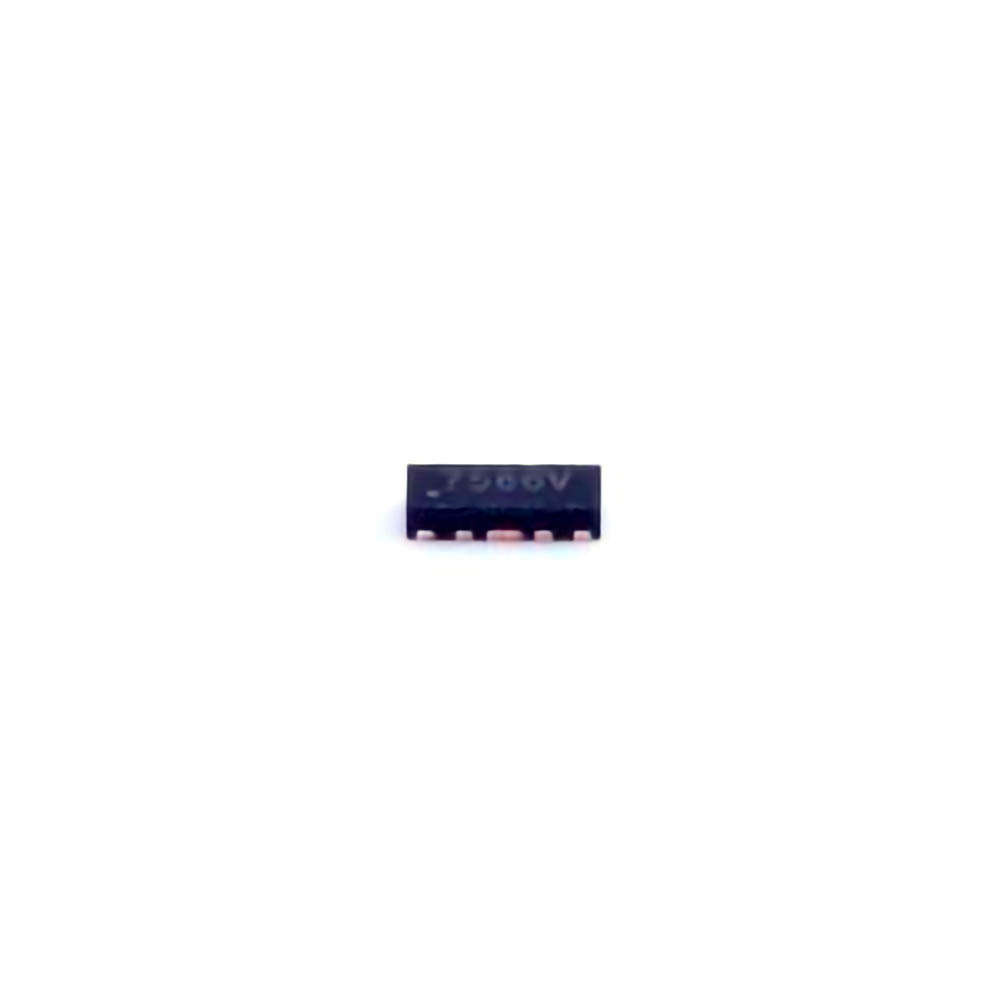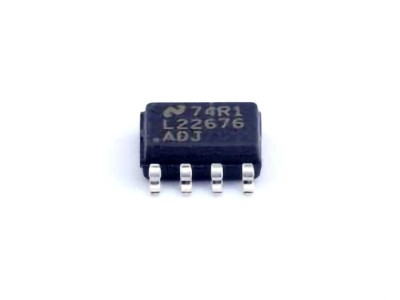
Understanding the TPD4EUSB30DQAR and Common Issues
The TPD4EUSB30DQAR is a widely used USB transient voltage suppressor ( TVS ) Diode designed to protect sensitive electronic components from voltage spikes and electrostatic discharge (ESD). This device is especially crucial in protecting USB ports and circuits from high-voltage transients, ensuring the reliability and longevity of electronic products. However, like any other electronic component, the TPD4EUSB30DQAR is not immune to issues that may affect its performance. Identifying and troubleshooting these problems is essential to keep your systems running smoothly.
1. Understanding Transient Voltage Suppressors and Their Importance
Transient voltage suppressors (TVS) like the TPD4EUSB30DQAR are designed to absorb excess voltage caused by electrical surges, preventing damage to sensitive components such as microcontrollers, data lines, and Power transistor s. When a surge occurs, the TVS diode quickly redirects the excess voltage away from the protected components, either clamping it to a safe level or dissipating the energy harmlessly.
In USB designs, where data and power lines are exposed to external connections, a transient voltage suppressor is critical. Devices connected via USB interface s can experience power surges from various sources, including static electricity, lightning, or power line disturbances. The TPD4EUSB30DQAR is an essential component to mitigate these risks, especially in portable devices, computers, and consumer electronics.
2. Common Problems with TPD4EUSB30DQAR
While the TPD4EUSB30DQAR is robust, users may encounter several issues during its use. Identifying these problems early can prevent further damage and ensure the device operates effectively. Some of the most common problems include:
Incorrect Placement in Circuit: Incorrect installation or improper placement in the circuit can result in ineffective protection or even malfunction. The TPD4EUSB30DQAR must be correctly positioned in line with the USB data and power lines, as failure to do so can lead to insufficient voltage clamping and a higher risk of damage to connected devices.
Over-voltage Conditions: If the circuit experiences sustained or extreme over-voltage conditions beyond the clamping capabilities of the TPD4EUSB30DQAR, the diode may fail to protect the system adequately. This is more likely if the device has been exposed to repeated surges or excessive heat, leading to degradation over time.
Improper Soldering: Poor soldering practices can result in poor electrical contact between the TPD4EUSB30DQAR and the circuit, leading to unreliable protection and possible failures. Overheating during the soldering process can also damage the device.
Failure to Recognize Fault Conditions: Some users may not realize that a TVS diode like the TPD4EUSB30DQAR has limits to how many transient events it can absorb. After several high-energy voltage surges, the diode may no longer function as intended. This can lead to unnoticed damage, leaving circuits unprotected.
Troubleshooting and Solutions for TPD4EUSB30DQAR Issues
Now that we’ve covered the most common issues associated with the TPD4EUSB30DQAR, it’s essential to explore troubleshooting steps and solutions. Here, we will provide detailed strategies to resolve these problems effectively, helping users restore the proper functionality of their devices.
1. Ensure Correct Circuit Placement
The first and most critical step in troubleshooting the TPD4EUSB30DQAR is ensuring it is placed correctly within the circuit. This component is typically used for clamping voltages in USB power and data lines. Here’s how to ensure proper installation:
Placement on Power and Data Lines: The TPD4EUSB30DQAR should be placed between the USB port and the sensitive components it is protecting. For USB 2.0 and 3.0 applications, it is vital to place the diode as close to the USB port as possible for maximum protection.
Polarity Check: While the TPD4EUSB30DQAR is designed to handle bidirectional transient events, it is essential to ensure that the pins are properly connected according to the circuit schematic. A reversed connection could lead to ineffective clamping or damage to the diode itself.
Use of Proper Footprint: When designing the PCB, make sure that the footprint for the TPD4EUSB30DQAR matches the recommended dimensions provided by the manufacturer. A mismatch could result in poor soldering and improper electrical contact.
2. Check for Over-voltage Protection Limits
In the event of frequent over-voltage conditions, the TPD4EUSB30DQAR may eventually reach its clamping capacity, reducing its ability to protect the circuit effectively. To prevent this, consider the following solutions:
Use a Higher Power TVS Diode: If your circuit is exposed to frequent voltage spikes that exceed the TPD4EUSB30DQAR’s rated clamping voltage, consider switching to a higher-rated TVS diode. Higher-rated diodes offer better surge tolerance and can withstand more energy without degradation.
Incorporate Additional Protection Elements: In systems prone to extreme surges (e.g., industrial environments), supplementing the TPD4EUSB30DQAR with additional protection elements such as polyfuses or capacitor s can provide extra safety. These components can help absorb or dissipate energy before it reaches the TVS diode.
Regular Monitoring and Maintenance: Implement a system for monitoring the health of the TPD4EUSB30DQAR, especially in critical applications. Routine testing of circuit performance after each surge event will ensure that the device is still functioning optimally.
3. Improve Soldering and Circuit Assembly
Poor soldering can compromise the performance of the TPD4EUSB30DQAR and cause intermittent or permanent failures. Here are some tips to ensure a quality soldering job:
Use Appropriate Soldering Techniques: Ensure that you are using the correct soldering temperature and method. Overheating can damage the diode, while insufficient heat may cause poor connections. A soldering iron with adjustable temperature control is ideal for ensuring precision.
Inspect for Solder Bridges: After soldering, inspect the circuit for any potential solder bridges, which can lead to short circuits or unreliable operation. Using a magnifying glass or a microscope for post-solder inspection is essential in catching small issues that may be missed during manual inspection.
Test Connectivity: Once the TPD4EUSB30DQAR is soldered into place, use a multimeter to test the continuity between the pins and the associated circuitry. This ensures that there is no excessive resistance or open circuits in the protection path.
4. Recognize Signs of Diode Degradation
After extended use, the TPD4EUSB30DQAR can degrade due to repeated voltage surges or over-stress. Signs of failure include:
Reduced Clamping Efficiency: If the USB port experiences more frequent damage from transient surges, it’s a sign that the TVS diode is no longer clamping effectively.
Visual Damage: Physical signs such as discoloration, cracks, or burns on the diode may indicate that it has been overstressed. If you notice any of these symptoms, replace the diode as soon as possible.
No Response to Surge Events: If the TPD4EUSB30DQAR no longer absorbs transient events and the USB port starts to exhibit irregular behavior, it is likely time for a replacement. It’s important to replace faulty protection devices before the damage spreads to other components.
By following these troubleshooting strategies, users can effectively resolve common issues associated with the TPD4EUSB30DQAR and ensure their devices remain protected. With proper care and maintenance, the TPD4EUSB30DQAR can continue to provide reliable transient voltage suppression, extending the life and reliability of USB-based devices.
If you are looking for more information on commonly used Electronic Components Models or about Electronic Components Product Catalog datasheets, compile all purchasing and CAD information into one place.
Partnering with an electronic components supplier sets your team up for success, ensuring the design, production, and procurement processes are quality and error-free.


